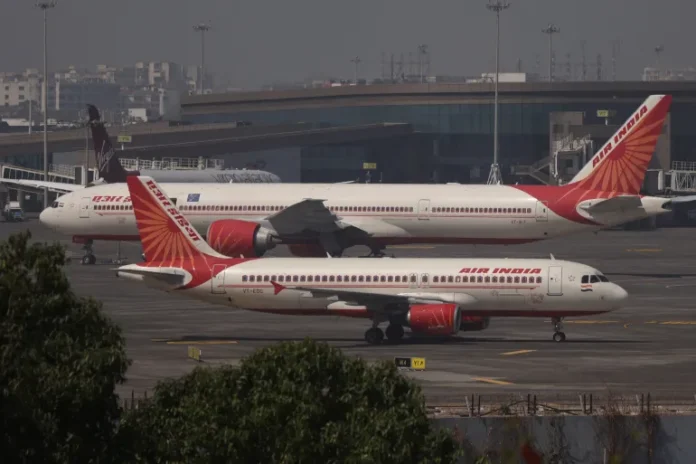Recent revelations indicate that Air India flights traversed Iranian airspace just hours before Iran’s massive aerial assault on Israel, raising alarms about passenger safety amidst geopolitical tensions.
As tensions simmered between Iran and Israel, at least two Air India flights ventured through Iranian-controlled airspace, potentially endangering the lives of passengers and crew. Flight data from Flightradar24 revealed that Air India flights 116 and 131 flew over the Persian Gulf and Gulf of Oman on April 13 and 14, respectively, prior to Iran’s onslaught on Israel.
Air India emphasized its commitment to passenger safety, stating that flight operations are meticulously planned and risk-assessed. Despite Iranian airspace being open to civilian traffic, the airline closely monitored the evolving situation in the Middle East and adjusted flight paths as necessary.
Other airlines, including Malaysia Airlines, Emirates, and Qatar Airways, also flew over Iranian airspace during this period. However, some global carriers began rerouting or canceling flights in response to escalating tensions, with Air India itself rerouting certain flights via Afghanistan as a precautionary measure.
The decision-making process behind flight routing remains under scrutiny, especially considering the history of civilian aircraft incidents in conflict zones. Instances such as the downing of a Ukrainian plane in Iran in 2020 and the Malaysia Airlines tragedy over eastern Ukraine in 2014 underscore the potential risks associated with flying over troubled regions.
While aviation authorities typically designate altitudes deemed safe for flight, unforeseen circumstances like turbulence or engine failure can pose additional risks. As airlines prioritize passenger safety, the need for careful risk assessment and route planning is paramount, particularly in volatile geopolitical environments.
#AirSafetyConcerns #GeopoliticalTensions #FlightRouting #PassengerSafety #IranIsraelConflict #AviationHistory #RiskAssessmentInAviation


